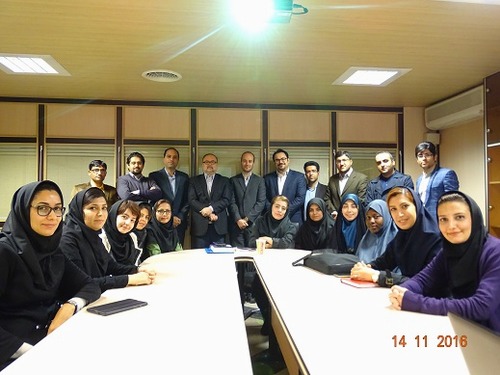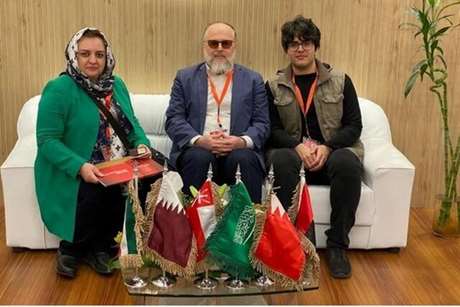Host-bacteria interactions in biomaterial-associated infection

In the 14th November 2016 journal club meeting, the invited speaker Dr. Seyedmojtaba Daghighi was introduced to all participants and then he briefly described his academic career and his Ph.D in Netherlands. At the start he introduced all participants to Host-bacteria interactions in bio-material-associated infection. He gave a brief introduction about bio-material models and their application. The first aim of his thesis is to gain a better understanding of the host immune system interaction with bacteria in a bio-materials-associated infection (BAI). Furthermore, he and his colleagues developed an in vivo implant BAI models based on bioluminescence and fluorescence imaging. He discussed a number of hypotheses to explain the decreased infection risk associated with the use of degradable versus non-degradable bio-materials. In a murine model, he compared staphylococcal persistence on and around a degradable and non-degradable surgical mesh. Bioluminescent staphylococci persisted on and around non-degradable meshes up to the 28th day, whereas the bacteria disappeared from surrounding tissues once a degradable mesh had fully dissolved. Bioluminescent flux from S. aureus Xen29 was quantified in the absence and presence of different antibiotics. Staphylococcal bioluminescence at sub-inhibitory concentrations seemed to be enhanced when measured 24 h after incubation. Therefore, antibiotic pressure may impact the relationship between bacterial numbers and their bioluminescence. They investigated the relationship between MMP- and integrin-expression and the clearance of infecting S. aureus around implanted bio-materials in a murine model. MMP- and integrin-expression were equally enhanced in the presence of staphylococci or bio-materials up to 7 days post-implantation, but bacterial clearance was higher in absence of bio-materials. MMP- and integrin-expression were enhanced in the presence of staphylococci and bio-material, but the immune system remained hampered in eradicating bacteria during the first 7 days post-implantation. Finally, different subjects of findings were discussed such as prolene and surgisis. At the end, all participants appreciated the speaker, asked valuable questions and the speaker answered all the questions in a good way. Prof. Dr. Mohammad Abdollahi summarized the whole presentation and gave suggestions.




Send to friends